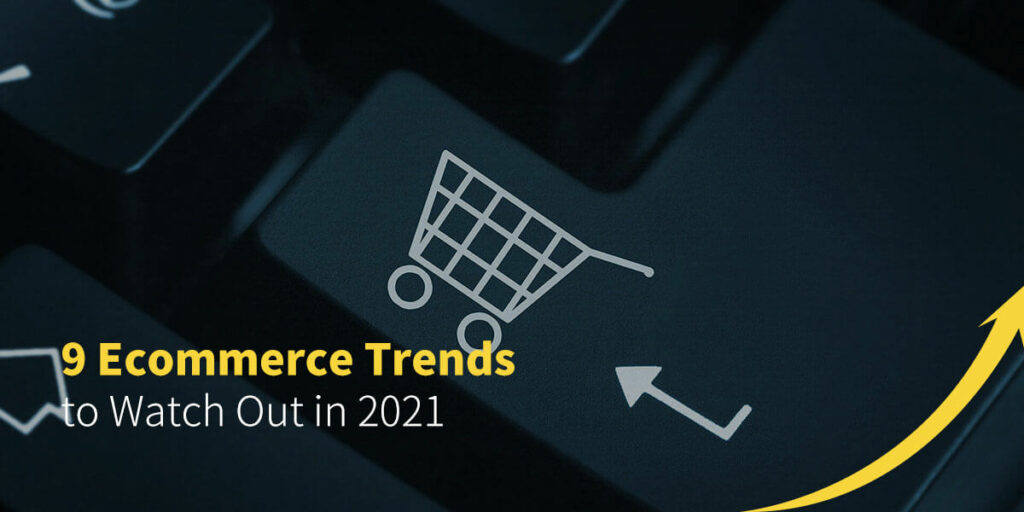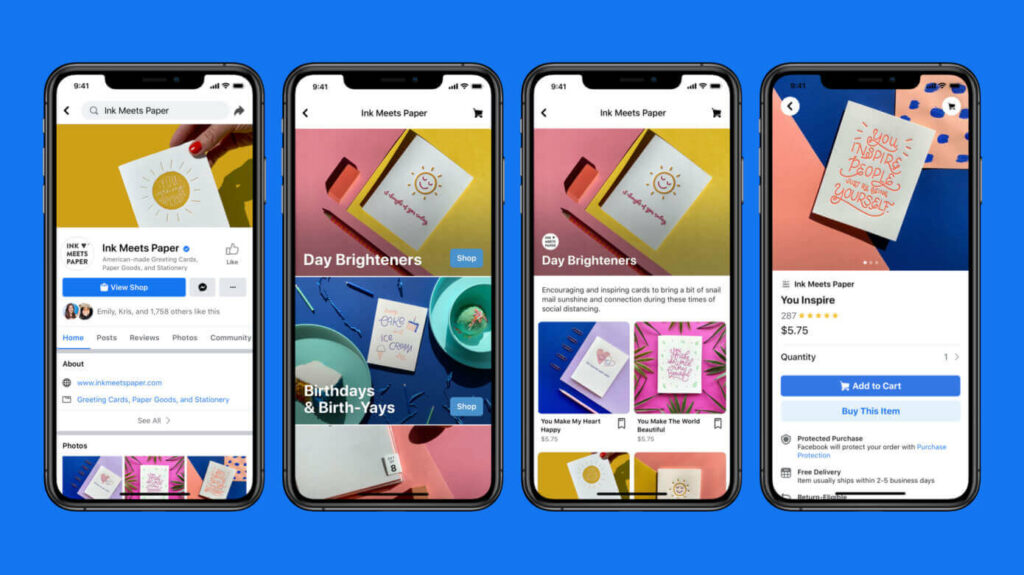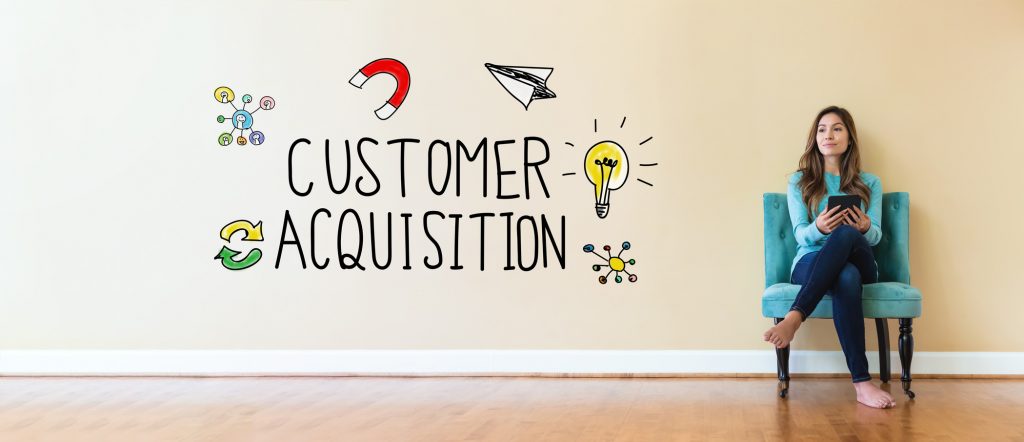What is the future of e-commerce?
E-retail revenue is set to hit $6.54 trillion U.S by 2022, up from $3.45 trillion in 2019.
The number of online shoppers is expected to grow to over 2.14 billion by 2021. The pandemic alone resulted in over 150 million people buying a product or service online for the first time.

BFCM ( Black Friday, Cyber Monday) becomes an everyday activity for online shoppers, according to an article by Forbes.
E-commerce trends in 2023 will be highly influenced by the past consumers’ trends that continue to get normal and the advancement in technology embraced to improve the online shopping experience for shoppers.
Here are the nine E-commerce trends to watch out for in 2021.
1. Increased Social Media For E-commerce
Social commerce is on the rise, with platforms like Instagram, Tiktok, Pinterest, and Facebook evolving into e-commerce platforms.
By 2021, global social commerce will increase by 34%, with e-sales estimate to hit $735 billion by 2023.
The launch of Facebook Shops early this year (2020) is evidence enough that social media giants are betting big on social commerce.

Recently, Tiktok partnered with Shopify to enable Shopify’s 1 million merchants to reach the Tiktok audience and drive sales directly from the platform.
2. Omnichannel Shopping is the New Normal
Online shoppers want a seamless experience when buying anything online.
A survey of 46,000 shoppers by Harvard Business Review indicates that 73% of the respondents use multiple channels during their shopping journey.
Customers want to buy your product on any platform they choose; social media, search, the marketplace, without any hurdles. This e-commerce trend will continue to rise in 2021 and beyond.
3. Mobile Shopping Will Dominate
72.9% of all e-commerce sales are expected to come from mobile devices by 2021; estimated the amount spent to be $3.5 trillion U.S.
Mobile aspects like page load speed and optimized product pages are a huge factor in how your online store will gunner sales through mobile devices.
The sales from mobile devices are estimated to increase by 15% in 2021.
4. A Rise in Voice Commerce

Voice assistant sales are estimated to hit $40 billion by 2022. In the U.S alone, 75% of all households will have a smart speaker in 2025.
The leading voice assistant devices include; Alexa by Amazon, Google Home by Google, and Siri by Apple. Also, Amazon and Google are pushing for regional languages to help online shoppers shop conveniently in their local languages.
As an online merchant, here are some tips on how to optimize your store for voice search;
- Add new skills on Alexa and Google voice assistant devices.
- Ensure your products get added with a simple use of voice command.
- Offer voice-based navigation on your website and mobile app.
5. Increase AI & AR Usage For Customer Experience
More than 120,000 stores will use Augmented Reality technologies on their stores to enhance customer experience by 2022.
E-retailers to spend $7.3 billion on Artificial Intelligence by 2022 to enable their stores to offer personalized experiences.
With AI and VR, your customers can experience the “feel and touch” of your product without physically touching them. This will improve your conversion rate and reduce return rates.
6. New Payment Methods Continue to Emerge
Customers want a preferred method of payment at the checkout. With so many payment gateways, the checkout needs to be simple.
Cyptocurries payment is the new kid in the block, especially Bitcoin, with vast benefits like no reverse transactions and low transaction fees.
For instance, Overstock partnered with Coinbase to allow shoppers to use Bitcoin as a payment method. In 2021, more e-commerce stores will embrace payment with cryptocurrencies.
7. Fast Fulfillment and Streamlined Returns
The future of fulfillment is simple; branded shipping that is fast, sustainable, and probably free.
Customers want customized packages with easy returns. By 2022 in the U.S alone, same-day delivery is forecasted to hit $9.6 billion.
With 30% of all orders made online returned, 62% of shoppers are more likely to buy a product if they can quickly replace it.
Also, 92% will repurchase something if returns are easy. For your online store to thrive, you need a fulfillment partner with a global network that can help you solve these fulfillment challenges.
8. Customer Acquisition Cost Will Rise

Paid search spike by 17% in 2020 as paid social media increased by 24%.
For your business to generate sales in 2021 and beyond without spending a fortune on ads, you need new ways to generate traffic to your store.
Traditional advertising is on the decline, with 46% of its share shed off already. Cable networks are rethinking their advertising model. For instance, NBC rolled out a Shoppable TV ads program that connects to your phone, and you can buy the product you see on the screen.
In 2021 and beyond, you need to improve your customer retention rate because a boost in 5% customer retention increases profits to between 25% and 95%
Additionally, it costs six times more to get a new customer than return an existing one.
9. Increased Sustainability Practices by Customers
Online shoppers want to get involved with a brand or product that is doing some good to the environment or the community. Online shoppers want to know your stand on environmental pollution.
Green consumerism is rapidly rising, with 65% of consumers saying they want to buy products from purpose-driven brands that cheer on sustainability.
Amazon, for example, pledged to bring their carbon emission to zero by 2040.
Let your brand look for alternative eco-friendly products to encourage sustainability.
Final Thoughts
In 2021 and beyond, these e-commerce trends will gain momentum to new heights, focusing on making customer experience personalized using technologies like AI and VR.
Like dynamic pricing and visual commerce, other personalization methods will get even more significant, enabling stores to drive more sales.
For fulfillment and delivery, an increase in advanced customization from the product ordered in the store to packaging, online stores will need to partner with a fulfillment company that will meet these demands.
